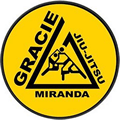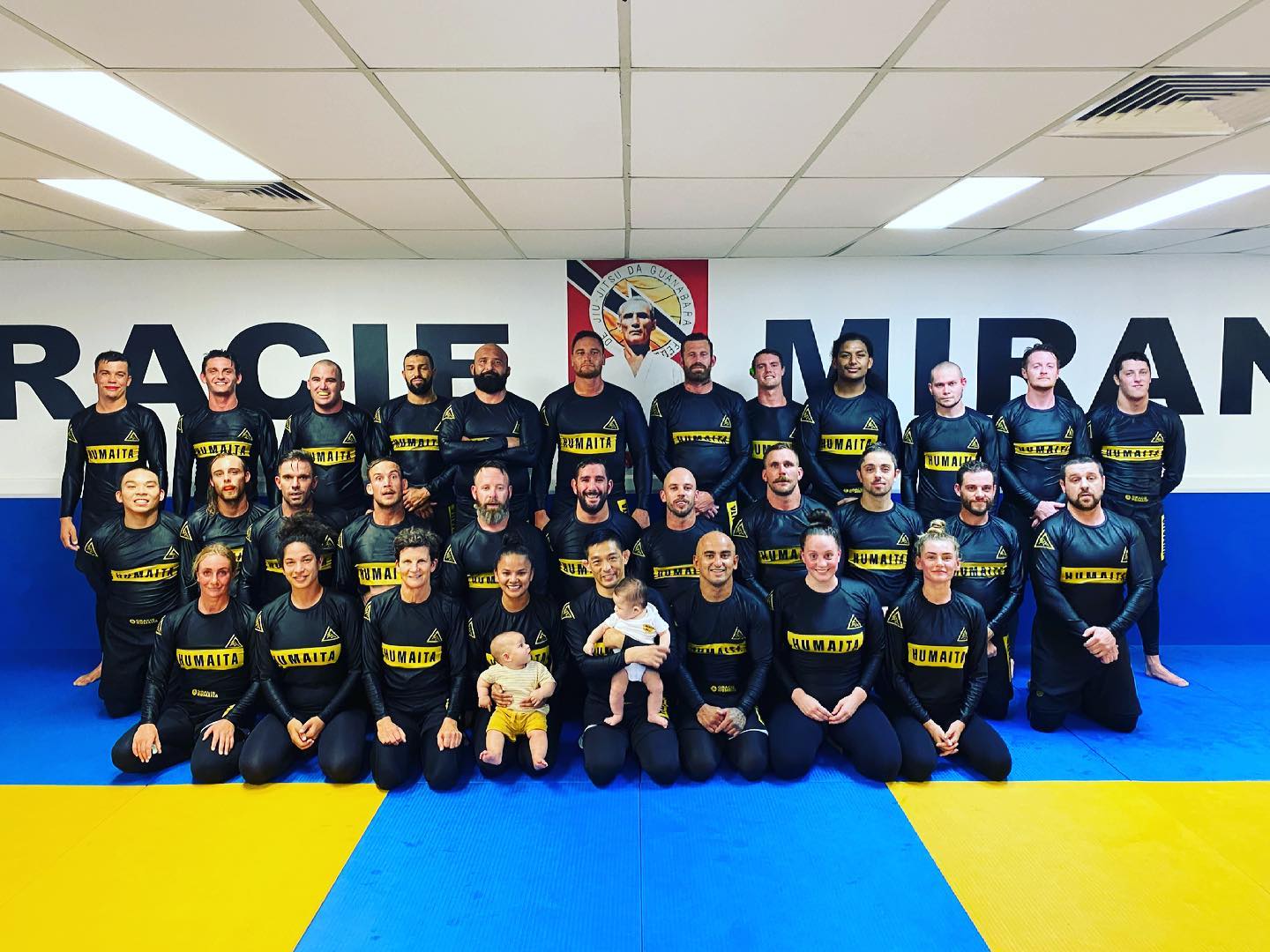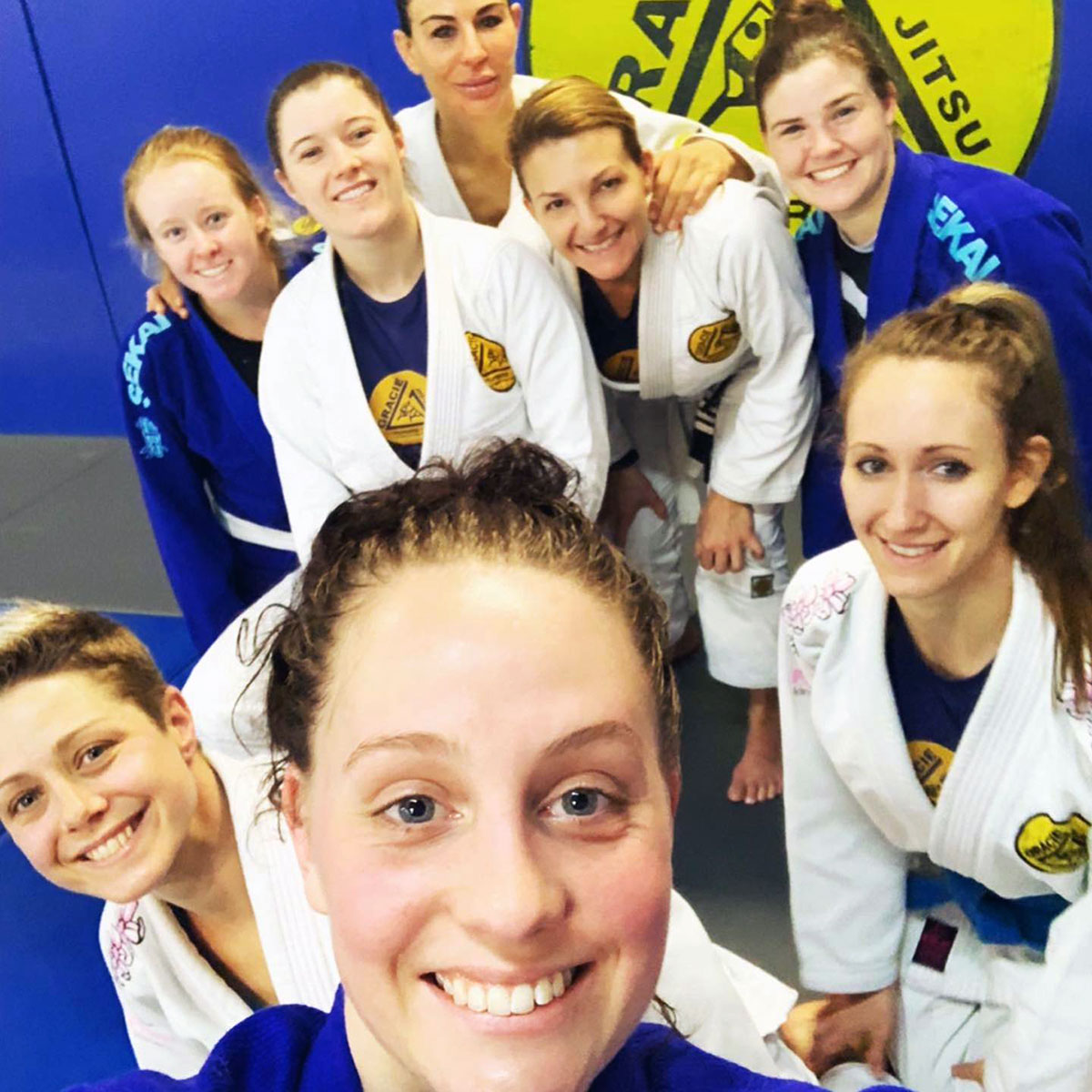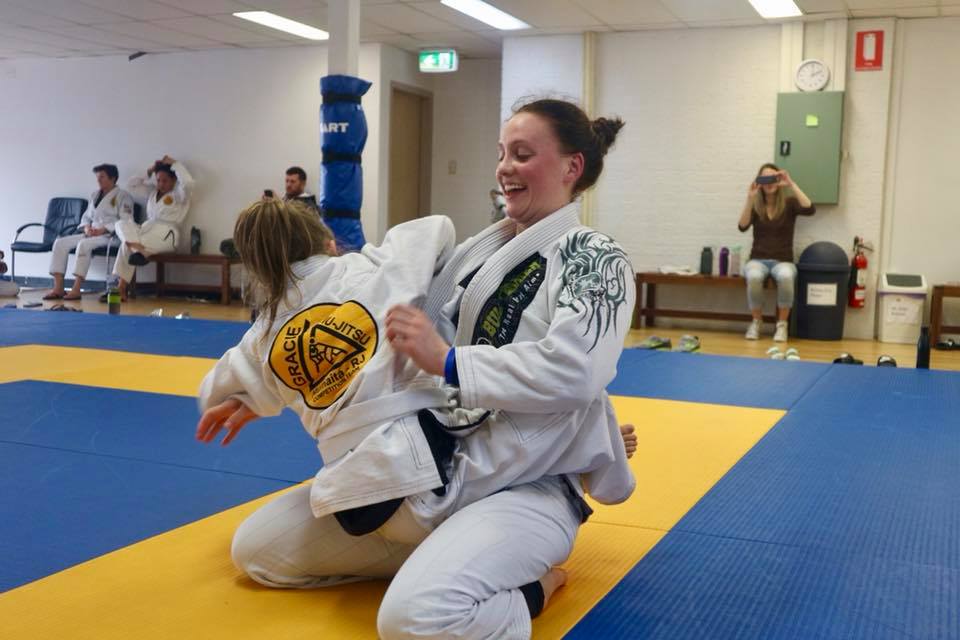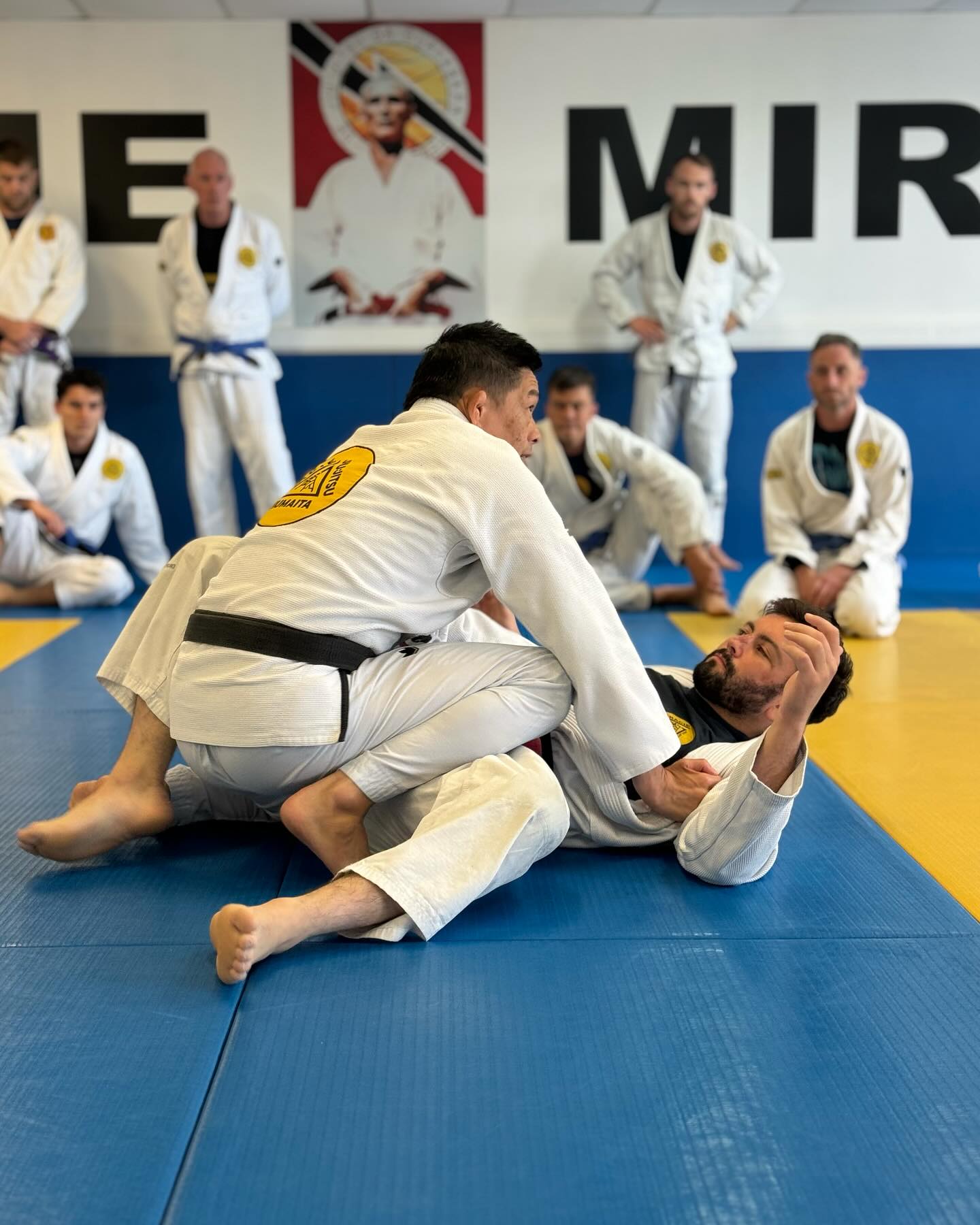Gracie Miranda is home to people of all walks of life, who train martial arts for many different reasons. But despite the diverse motivations of new students, one question eventually always pops up. How long does it take to get a black belt in Brazilian Jiu-Jitsu?
If you’ve just started out – or if you spent lockdown thinking about taking up martial arts classes – you’ve probably thought about this very question. It’s understandable! As you consider beginning a new endeavor, you naturally want to know how long it takes to “master” the craft.
The answer, however, is complicated. The simple reply is that someone who trains Brazilian Jiu-Jitsu (BJJ) consistently can expect to receive a black belt in between 10 and 15 years. But that quick explanation obscures multiple important details. Most notably, getting a black belt doesn’t mean you’ve mastered BJJ. Just ask Gracie Miranda’s head coach, Owen Gee Kee, who will tell you that’s when the game of Jiu-Jitsu really begins.
Jiu-Jitsu is not about rising through the ranks. It’s about learning a martial art you can train for the rest of your life.
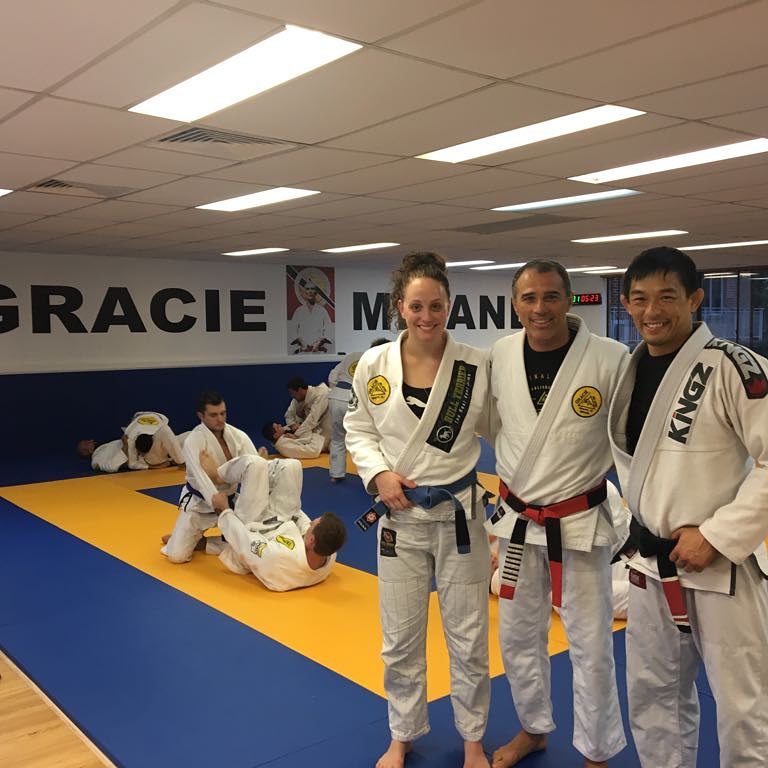
A humbling martial art
Ten-to-fifteen years is a long time. It takes longer to get a Brazilian Jiu-Jitsu black belt than it does to get a black belt in any other martial art. This is one of many aspects of BJJ that makes it unique. To understand the marathon pace of Jiu-Jitsu, you’ll need to know a little about how it works.
Jiu-Jitsu is a grappling martial art that predominantly takes place on the ground. Because there’s no striking or slamming, your injury risk is limited compared to other martial art classes. (There are takedowns, but these are different to the slams you learn in Judo or wrestling.) After a few months of training, you’ll be able to spar at full intensity with limited risk of injury to yourself or others. We call this “rolling”. Few other martial arts allow you to train at such intensity with such limited risk.
This means that you’re able to learn techniques in class and then attempt to apply those techniques against a fully resisting opponent. With Jiu-Jitsu the proof is very much in the pudding. You find out what offensive techniques work through trial and error. You also find out what aspects of self-defence do and do not work. Again, you’ll be defending yourself against someone trying to grapple you at full strength. (Safety always comes first at Gracie Miranda. We make sure this all happens in a controlled environment.)
This creates a constant learning process. Sometimes things work, sometimes they don’t. Sometimes you can defend against someone’s offence, sometimes you can’t. It’s up to you to work with your coach to figure out why. In this way, very few people can be said to “master” Jiu-Jitsu. There are a few athletes who are said to have been unbeatable in their prime – Rickson Gracie chief among them – but this applies to few people.
You never really “master” Jiu-Jitsu. It’s a martial art that keeps on teaching. And because it’s relatively low impact it’s a martial art you can train for life. That’s not an exaggeration. BJJ cofounder Helio Gracie was training and teaching until 10 days before his death.
Belts and skills
When you begin training BJJ, the belt system is one of the only tangible indicators you have to go off. A white belt is new, a blue belt is better than a white belt, a purple belt is better than a blue belt, and so on.
But martial arts is about acquiring skills, not gaining new belts. Belts are a reflection of the techniques learned and honed on the mats.
Everyone’s martial arts journey is different. That’s a cliche, but it’s also true. Some people will progress quicker than others. Some people will progress easier than others. There can be multiple reasons for this. You may have a work or family schedule that prevents you from training as much as you’d like. You may have pre-existing injuries that flare up in the course of physical exertion.
But the good news is that anyone can succeed in Jiu-Jitsu. Compared to other martial arts, success relies far less on athleticism and far more on technical skill. Focus less on the destination and more on the journey. In less metaphorical terms, think less of belts and the abstract notion of “mastery” and more about learning and improving specific techniques.
Jiu-Jitsu, just like life, is a constant learning process. It doesn’t stop when you get a new belt — so focus less on the belt and more on the learning.
If you’re in the Sutherland Shire and are interested in trying out martial arts, come to Gracie Miranda for a free trial BJJ class.
